NEW REPORT:
Telehealth and Children of Color with Special Health Care Needs: Lessons from the Pandemic
Children of color and children in immigrant families make up over a majority of children with special health care needs (CSHCNs): 71% of the state’s CHSCNs also identify as Latinx, Black, Indigenous, Asian American, Pacific Islander, or Mixed Race, making up nearly 1 million children. Yet despite the size of their population, there is a lack of statewide research or policy focus on the needs of this population of children. TCP’s report, Telehealth and Children of Color with Special Health Care Needs: Lessons from the Pandemic, utilizes a community-centered approach to create a policy agenda that centers the lived experiences of families and children of color with special healthcare needs in California.
The learnings from the report provide unique insights into the experiences and challenges they and their families faced during pandemic shutdowns, including in the use of telehealth to access care. The report also sets forth actionable policy recommendations rooted in the experiences and recommendations of families of color with children who have special health care needs and buttressed by policy research. They intentionally seek to mitigate structural barriers that make it more difficult for these children and families to use telehealth and access care.
PARTNERSHIPS & COMMUNITY
We help shape on-the-ground pilot projects to demonstrate telehealth’s value in bringing medical, mental health, and dental care to children in need. Working with our partners, we provide technical assistance to local, state, and national entities interested in using telehealth to deliver care to children.
Video and powerpoint available for Download
Health-Based Technologies
Our Reach
Our Goal
POLICY
We conduct research and educate decision-makers about the role telehealth can play in meeting children’s health needs. We then set and promote policy priorities that facilitate wider adoption of telehealth to address the health care needs of children.
SCHOOL-BASED TELEHEALTH FACT SHEET
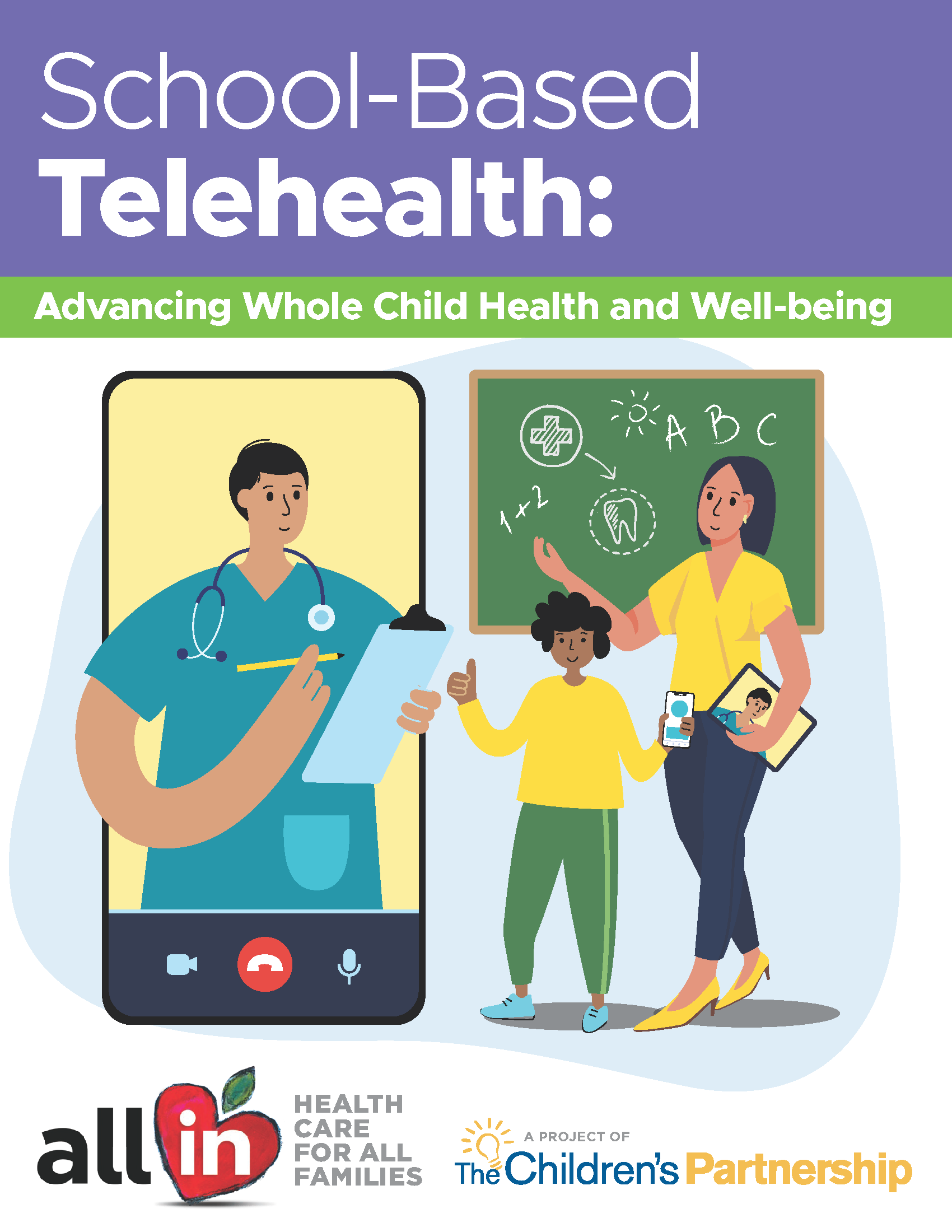
Our new fact sheet, School-Based Telehealth: Advancing Whole Child Health and Well-Being, makes the case for why telehealth in schools is both a cost effective and life-saving resource for children and families. School-based telehealth is health care that is delivered virtually through technology like a phone, laptop or tablet to a child in a trusted, convenient, and familiar setting: their school. Many children still don’t receive consistent—or any—health care due to parents’ inability to take time off from their work day, economic hardships, transportation challenges, and lack of health care providers in their neighborhoods. With school-based telehealth, children who otherwise wouldn’t have access to behavioral, dental or health care can access care, setting them up for success in school and in life.
Telehealth is becoming a critical tool to close the health care gap for children, especially for low-income children and those from Black, Indigenous, and People of Color (BIPOC) communities who have historically lacked access to high-quality care that addresses their health needs.
TELEHEALTH & CHILDREN FAQ
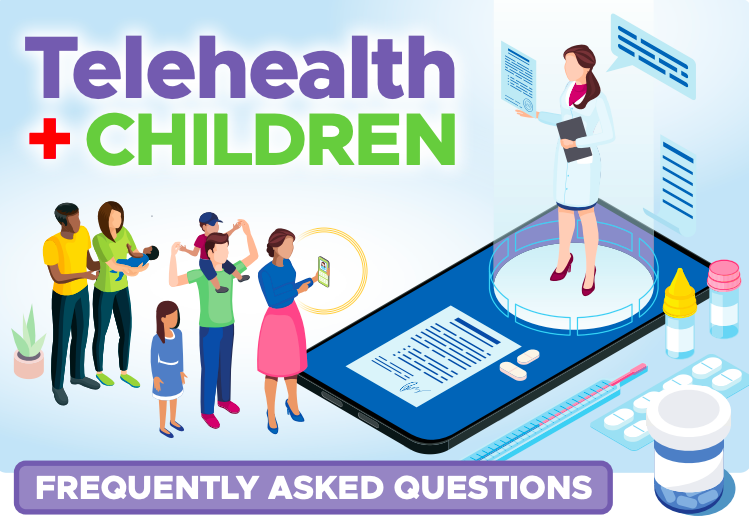
What is telehealth? How can I use telehealth to get care for my child?
Check out our Telehealth & Children FAQs, which includes answers to the most common questions around telehealth and how to access the tool for children. With telehealth, get quality health care virtually while social distancing and limiting your exposure to others.
Telehealth can help families get care at all times, but is particularly valuable during the COVID-19 pandemic. Additionally, some familiar community settings like schools or Head Start centers can use telehealth to help your child get health care.
TELEHEALTH & COVID-19 FAQ
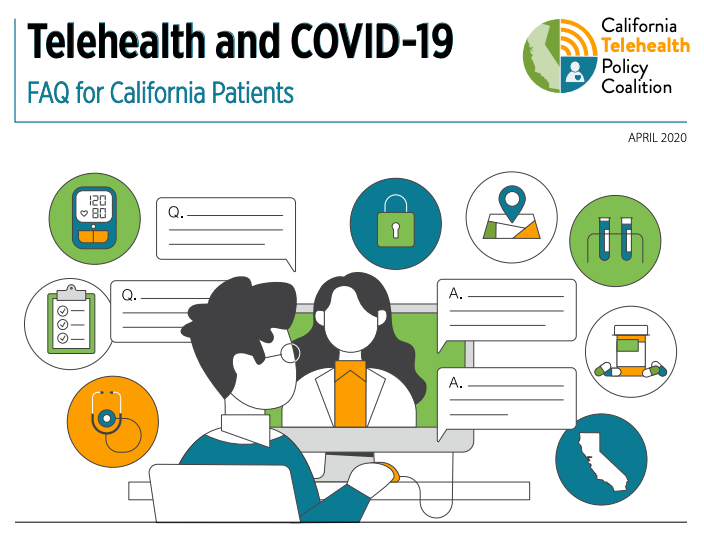
COVID-19, the disease caused by the novel coronavirus, is causing many patients to worry about their health. Getting an appointment to see a doctor should not add to this worry. You can get much of the care you need quickly through telehealth.
Check out our Telehealth & COVID-19 FAQ for answers to some questions you might have about using telehealth to see your doctor.
ROADMAP FOR ACTION: ADVANCING THE ADOPTION OF TELEHEALTH IN CHILD CARE CENTERS AND SCHOOLS TO PROMOTE CHILDREN’S HEALTH AND WELL BEING
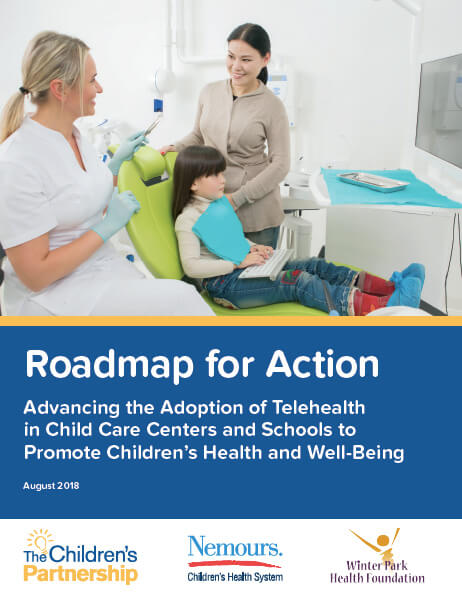
Our new Roadmap for Action, Advancing the Adoption of Telehealth in Child Care Centers and Schools to Promote Children’s Health and Well Being, developed in collaboration with Nemours Children’s Health System, Winter Park Health Foundation, and NORC at the University of Chicago, is the culmination of many months of hard work beginning with a national convening in January 2018 that brought together a diverse group of experts from thirteen states to share best practices, evidence-based outcomes, and keys to overcoming systemic barriers to implementation of successful telehealth programs.
These successful and innovative programs and the valuable lessons they provide are discussed in our Roadmap for Action with the hopes that their impact on child health access, quality, and care can be replicated in school and child care settings across the country.
SHARE YOUR TELEHEALTH STORY!
Children and families across California have benefitted greatly from telehealth—the use of technology to provide health care services at a distance. Telehealth allows doctors, dentists, mental/behavioral health care providers, nurses and other healthcare professionals to provide care, exchange information, and coordinate care, via HIPPA-compliant technologies, including live video, phone, email, remote patient monitoring, and store-and-forward. Telehealth can help families access needed health care services that may be geographically difficult to access or that may require long wait times. Telehealth might mean a wait time of hours or days as opposed to weeks or months. It might mean less missed school days, work hours, and less money and time spent on travel. If your child has special health care needs or chronic care needs, telehealth might help you access specialty care without having to leave your community. Has your child or family received services via telehealth? Stories help us explain to policymakers and the public why telehealth would make a difference in your family’s’ health care experience. Please share your story using the form below. The Children’s Partnership will contact you with any questions and to get your permission to use your story publicly.
